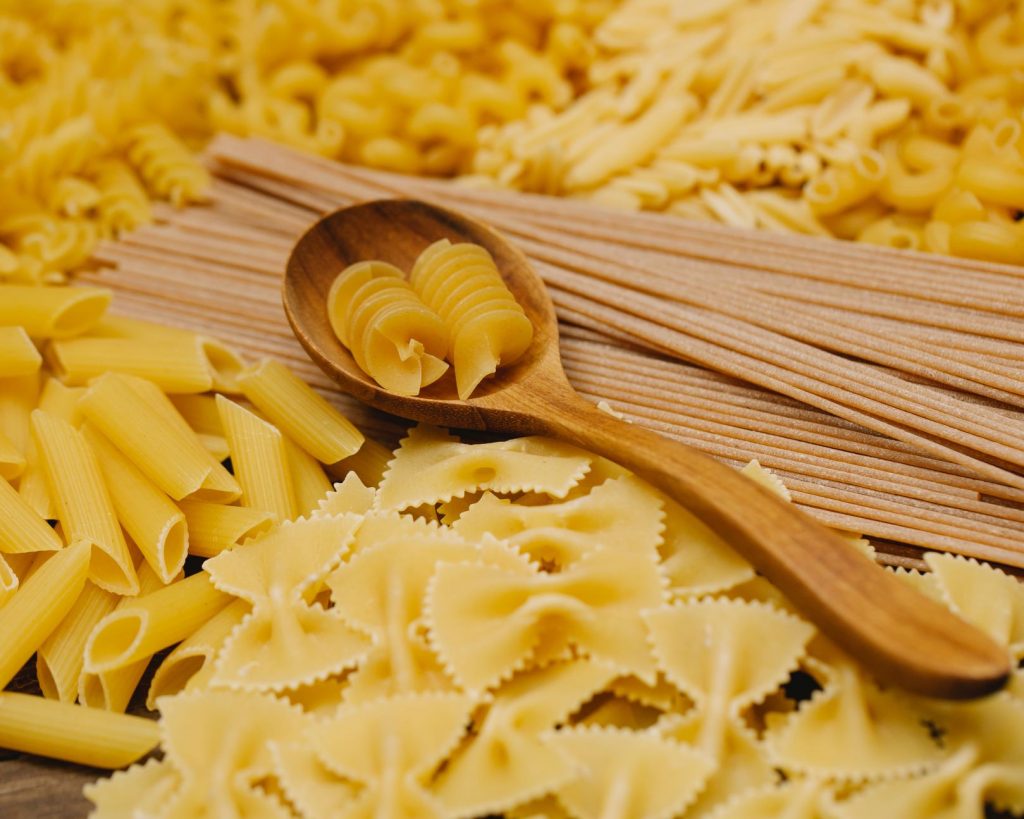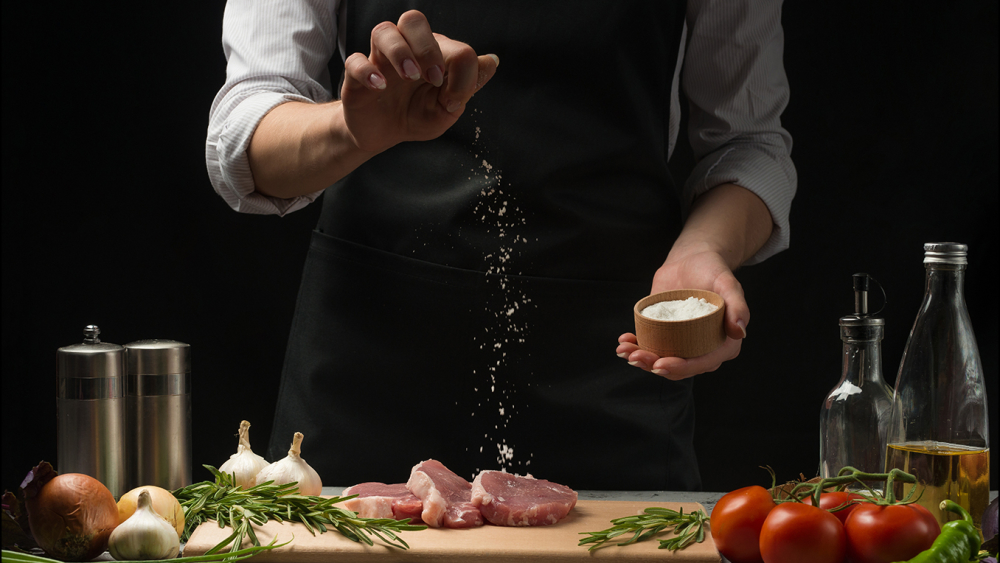
Before you decide which cooking oil is right for you, there are many things to consider. Toxic vapors and smoke can be produced by overheating oil, which can lead to undesirable effects such as bad taste, smell, and a lack of flavor. Some oils can be used for sauteing and roasting while others can make harmful chemical compounds by being overheated. The following table will help you choose the right oil for your particular cooking needs.
Nut and seed oils
Even though most nutrition experts don't consider oily seed oils harmful, many health professionals claim they cause inflammation. Inflammation is a major factor in chronic diseases like heart disease and obesity. Joe Rogan recently interviewed Paul Saladino (a nutrition researcher at University of California Berkeley) for three hours. Cate Shawan referred to the most prevalent seed oils currently on the market as the “hateful eight."
Safflower oil
Here's a guide on how to use Safflower oil. Safflower oil is a great choice for high heat cooking because of its high smoke points. Safflower oil is a more smoke-friendly oil than most oils. It has a smoke point around 450°, which is higher than the average oil. It can be used in frying, sauteing or roasting.
Peanut oil
You might wonder if peanut butter is a good oil for cooking. Peanut oil is versatile and has a high smoke point. It also has a neutral flavor. You should remember that peanut oil cannot be substituted for vegetable oils. This article will cover some key points before you begin to cook with peanut oil. Here are some of the best uses for peanut oil. You will be able to make informed choices about how you use this oil in your kitchen.

Sesame oil
Sesame Oil has many benefits. Let's start with its nutritional values. Sesame oil is packed with omega-3 fatty acids, vitamin E, and minerals. This versatile oil helps your body produce more of these vitamins and minerals, and can even help reduce your risk of cancer. Sesame Oil is not recommended to be deep fried as this can have adverse effects.
411
Olive oil may be something that you have heard about. Olive oil is a good source of monounsaturated fats and antioxidants. It can also withstand high heat. Olive oil can be used for baking, however, it is best used at the very end of cooking when delicate flavors are desired. Pair olive oil with citrus, coconut, chocolate and citrus flavors. Vegetable oils are the most common cooking oil used in commercial kitchens. They also have a higher amount of saturated fat.
Canola oil
Canola is one of today's most commonly used cooking oils. The oil is very stable and is available at a low price - an average grocery store sells a small bottle for about $20. Like all oil, canola comes with its own advantages and disadvantages. Here's how to choose the best canola oil that suits your cooking needs. This oil is a secret weapon for many professional chefs.
Olive oil
To get the best quality olive oil for your cooking, it is essential to select the best. Olive oil can be stored at 420 degrees Fahrenheit for up to two years, but it can become unstable if exposed to light. Its aroma is similar to that of a rancid crayon. Olive oil should be stored in dark bottles, away from heat and oxygen. To preserve its quality, it is important to seal the container tightly.

FAQ
How can you get motivated to cook well?
Sharing meals with family and friends is the best part of cooking. Cooking for yourself is much more enjoyable than cooking for others. You can be inspired to cook if you try something new. This will allow you to discover new recipes and techniques. You can also use recipes from other cultures to increase your culinary knowledge.
Is there a difference between a chef and a cook?
A chef prepares food for other people. A cook prepares food for his or her own consumption. While both jobs involve preparing food, a chef works directly with customers. They may need to make decisions about what they will serve to their guests based upon their preferences. The cook doesn't have to interact with customers. Instead, a cook makes sure the food tastes good before delivering it to customers.
Where can you buy high quality kitchen equipment
You can order high-quality kitchen appliances online. There are many online shops that sell all sorts of kitchen tools. Be sure to read customer reviews before you buy any kitchen equipment. Ask other owners if they have any recommendations.
Can you become a self-taught chef?
Yes, it is possible to be a self-taught chef! Cooking is one of those things that everyone loves doing, whether they know how to do it or not. If you are interested in learning how to cook, start cooking at home. Start small, like making pancakes for breakfast or spaghetti sauce for dinner. Experimenting with new recipes is the best way to learn to cook. You might even make some mistakes.
It takes anywhere from several hours to several weeks to learn how to cook, depending on your skill level. It is important to remember that cooking doesn't have to be about following recipes. There are many methods to prepare food.
What skills do I need to get into culinary school?
You must have the ability to cook well and work under pressure. You should enroll in cooking classes at local community colleges or high schools to learn how to cook. Once you've learned basic techniques, you'll need to find a job working for a restaurant or catering company.
Statistics
- In the United States, the category is estimated at $23.2 billion annually and is growing faster than the market. (washingtonpost.com)
- On average, chefs earn $58,740 a year, according to the BLS. - learnhowtobecome.org
- You'll be amazed that over 90% of CIA students receive scholarships and grants to finish their culinary studies. (ischoolconnect.com)
External Links
How To
How to make the perfect omelet
Omelets is one of my favourite breakfast foods. But how do they turn out so perfectly? I've tried many different methods and recipes, but none of them seem to work! I have some tips and tricks to help you make delicious, fluffy omelets every single morning.
It is important to know that eggs can be temperamental when making omelets. They must be fresh, preferably from the organic market, and be kept cold until cooking. You must keep them cool enough to allow the whites to form properly and the yolks to become too runny if they're not kept at the right temperature. This can make your omelets look bizarrely colored. If you want to make omelets right away, it's best not to use eggs that are too cold.
You can also separate the egg before you add it to the pan. Because this could cause your omelet to become curdled, you don't want any yolk to be mixed with any white.
The bottom part of an egg that is added directly to the stovetop might be burned, which could cause a ruined texture in your omelet. Instead, put the egg in the microwave for 10 seconds before putting it into the pan. The microwave heat cooks your egg just right, without it becoming too soft.
Let's now talk about mixing eggs. You want to mix the eggs thoroughly before you add them. Turn the bowl upside down and grab the whisk to do this. Now shake the bowl vigorously. This allows the air to be whipped and the egg to be mixed thoroughly.
The fun part is now - adding the milk to the mixture. Fold the eggs in the milk mixture by first pouring half of it into the egg whites. Do not worry if you see streaks of egg; they will disappear when the omelet is flipped.
After you have folded your eggs, heat up the oil on medium heat. Wait for it to get hot. When the oil is hot enough, add 1/4 cup butter to the pan. Stir it around until the butter covers the entire pan. Carefully open the pan's lid and add salt to the pan. Salt will prevent the omelet sticking to the pan.
Once the omelet has formed, cover the pan again and wait for the top side to set completely. Use a spatula to flip the omelet or turn the pan upside-down. Cook the second side for a minute or so. Serve the omelet immediately by removing it from the pan.
This recipe works best using whole milk. Skimmed milk is also possible.